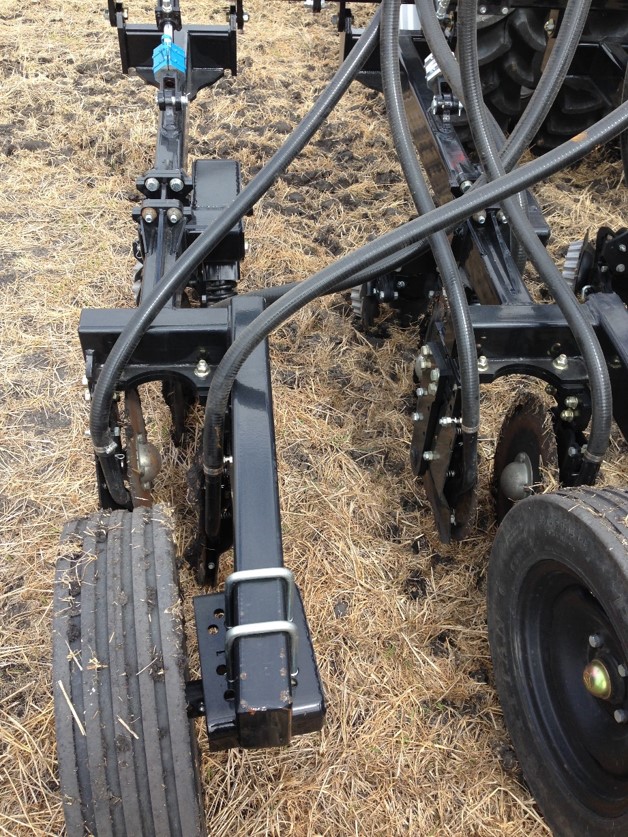Soybean Row Spacing – Opportunities with Paired Rows
NDSU recommends planting soybean in narrow rows to increase yield potential. One option is planting soybean in paired rows. A common configuration is two rows 7.5 inches apart and the pairs centered at 30 inches. Will this type of row arrangement increase yield compared to typical intermediate or wide (e.g. 15- or 30-inch) rows?
The NDSU Carrington Research Extension Center conducted trials during four years (2007, 2015-17) to examine soybean response with paired rows. The research was supported with funding from the ND Soybean Council. Paired row spacing was 7 inches centered at 28 inches. The four-year average yield with paired rows was 45.0 bu/acre compared to 47.5 bu/A with 14-inch rows. The data would indicate no yield advantage with paired versus intermediate rows. The primary reason for the lack of yield response with pairs is the delay in canopy closure compared to intermediate-spaced rows. For example, in the 2017 trial, canopy closure occurred 12 days earlier with 14-inch rows versus 7-inch pairs.
Averaged over three years (2015-17), paired row yield was 41.9 bu/acre compared to 37.8 bu/acre with 28-inch rows, indicating a likely yield response by switching from wide to paired rows.

Paired-row Soybean
NDSU currently is conducting work using paired-row configured equipment to plant cover crops between wide-rowed corn and soybean when the cash crops are in the early vegetative stages. For example, if corn is side-dressed with nitrogen, cover crops could be shallow seeded in the paired rows while the N is deeply applied during the 6- to 8-leaf stage. The strategy is to have the cover crop in place with the corn or soybean, with limited interference during the growing season. At cash crop maturity, the cover crop would accelerate growth to provide ground cover and associated soil benefits during the fall and beyond. The research data will be available in the future when the database is adequate to make recommendations.

Paired-row Planter
Greg Endres
Gregory.Endres@ndsu.edu
Area Extension Agronomist


